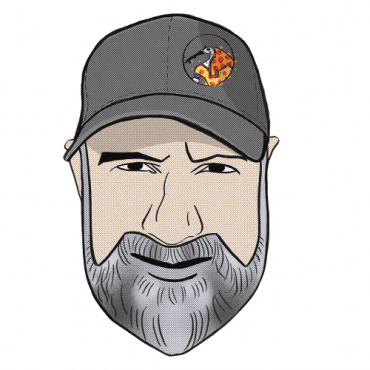Pace in Video Game Narratives
- Edwin McRae
Pacing in Game Stories
Pacing in a video game story is not like pacing in a novel or film. Why? Because of that disruptive personage called “The Player”. Think of it this way. How do you pace the story in a theatre performance when the audience can not only come and go as they please, but they can even get up on the stage and join in on the performance?
Games likes the Tomb Raider reboots are easier to manage when it comes to story pacing because they’re ostensibly story-driven games. The player is constantly propelled forwards by the plot and are afforded very few opportunities for wandering off the beaten path. Because of this, you can easily predict the duration of the gaps between story events and know what the player will likely have experienced during that gap. You can predict how the player will be feeling when they hit your next story beat.
In my view, pacing isn’t about time. It’s about emotional excitement. It’s about the pace of the player’s heartbeat, not how quickly they move through the narrative. If you want your game narrative to feel fast-paced then you need to make sure there’s a limited amount of gameplay between story beats, and be confident that said gameplay is going to keep your player’s heart-rate up during that time.
Emotions normalize very quickly after an exciting event. A slow-paced game narrative, like Journey, allows the player’s excitation levels to drop significantly between story events. That’s because the mood of the game is one of reflection and contemplation, peppered with moments of awe.
If you’re working on a game that either has lots of gameplay between story events or plenty of freedom of gameplay between story events, then it’s going to be difficult for you to predict what mood the player will be in when they hit your story beat. Pace, as a viable option, goes out the window.
So I say… don’t worry about it! Think of it like the old school ‘appointment viewing’ experience we had for television back in the day. That’s the main reason why TV shows like McGuyver, Star Trek and Buffy the Vampire Slayer had self-contained episodes with very little plot to connect them. The creators were making weekly telly. Therefore, they concerned themselves with the pace within the episode, not between the episodes.
Because of streaming, TV has changed to account for binging. But unless you’re creating a story driven game, ‘writing for the binge’ isn’t relevant.
For games that lean heavily on player freedom, like Open World RPGs and RTS games, it’s best to on the level of emotional excitation within your individual story moments. Get the player’s heart racing in those scenes and your plot will feel fast-paced no matter how much gameplay there is between them.
If you'd like to learn more about narrative design from a vibrant community, join myself and many other professional game writers on Discord at Narrative House.

About Edwin McRae
Edwin is a narrative consultant and mentor for the games industry.
